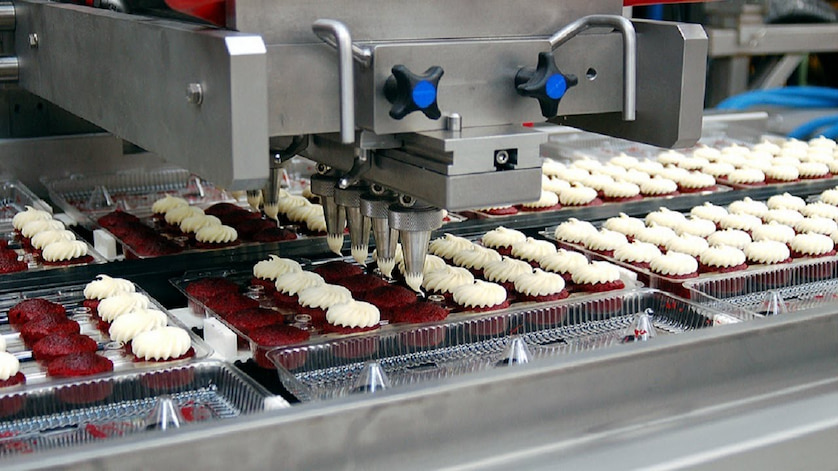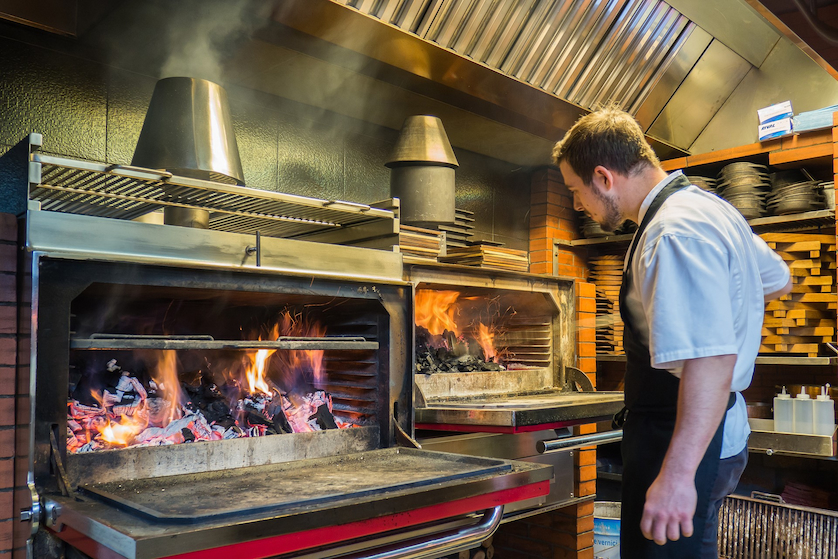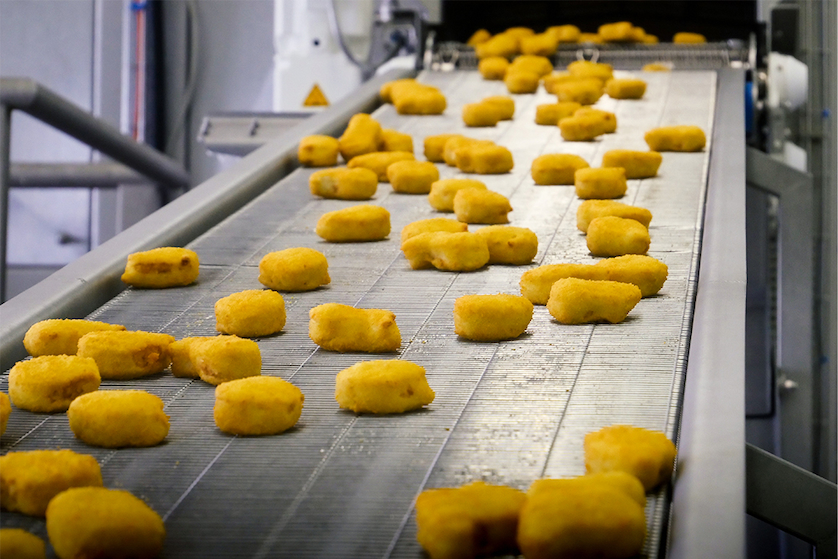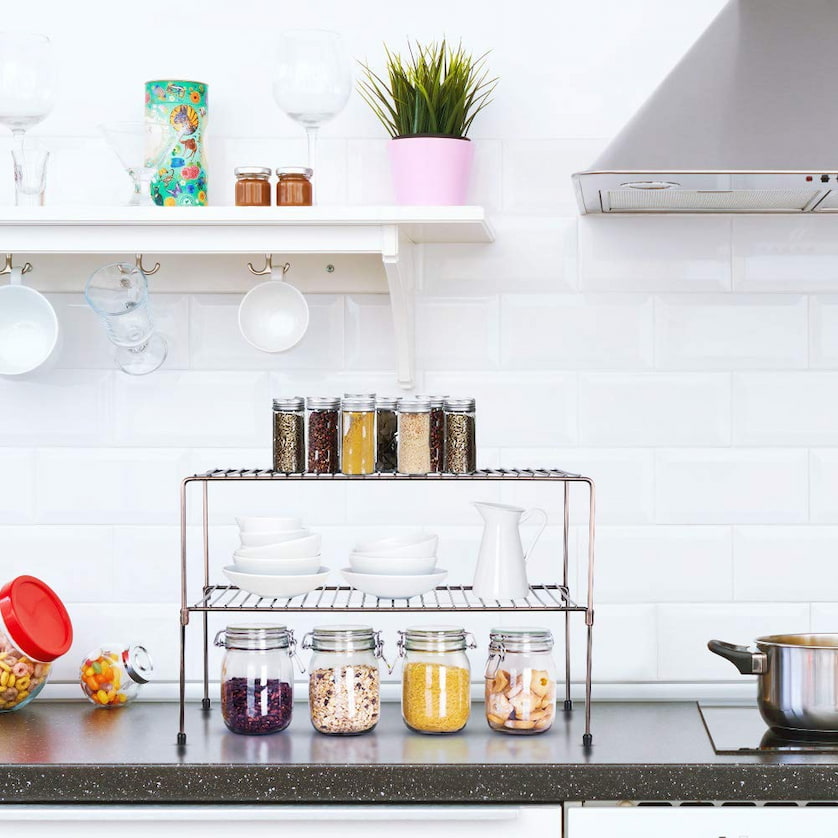Opening a new restaurant requires considering a million things at once – and there is no one-size-fits-all solution because each restaurant has its unique set of needs. However, kitchen equipment is one of the most important considerations for any new restaurant. While different restaurants may need different pieces of equipment, there are some basics that every new restaurateur will need to get started.
Contents
Food Processors
Industrial food processing machinery with a comprehensive set of attachments is an essential piece of gear to kickstart your cooking operations in a busy kitchen. It can be used for chopping, slicing, shredding, grinding, and pureeing various foods. The batch bowl processor is the most common type in Australian households. It gathers food as it is prepared. Staff members can drop food vertically and select the cut they want. This processor type allows you to easily remove the bowl and empty the contents.
The continuous food processing machinery is an ideal option for commercial kitchens as it enables you to keep adding food while it’s running. Once processed, the food is separated into a bowl. Buffalo choppers are all-metal, heavy-duty processors that can even process meat. However, for most commercial kitchens, this may not be necessary.
Last but not least is the combination food processing machinery which combines batch and continuous processors by using a special attachment.

Ovens
The oven is one of the most important pieces of kitchen equipment. The oven size will be determined by the amount of space you have in your kitchen. Sitting down and drawing out your commercial kitchen layout will help you figure out how much oven space you have. Another important consideration to determine the capacity required is how much food you plan to prepare in a day.
Since your oven and range are the beating heart of your kitchen, choosing something that will stand the test of time and use can determine the difference between success and failure. Take a look at the various brands, reviews, warranties, and service agreements that may be included. Before choosing, you should decide if you’ll need an electric or gas stove. Then you should determine which oven you require. Your requirements will differ from a fine dining restaurant if you’re opening a bakery or a coffee shop.
Most restaurants will have at least one commercial oven. If you plan to roast, steam, smoke, fry, bake or grill the food you serve then the combination oven is your safest bet. Those who plan to open an Italian restaurant must consider buying a high-quality pizza oven. Moreover, this type of oven can also be used for baking desserts and meats. On the other hand, a convection oven is essential for bakeries as it’s irreplaceable for toasting, roasting, and dehydrating items such as bread, pastries, pies, and cookies.

Fridges & Freezers
Every reputable restaurant owner should invest in quality freezers and refrigerators to keep their food fresh for as long as possible and to avoid any risk of food safety and health code violations.
Therefore, the size and capacity of your restaurant should come first, followed by the features. Reach-in refrigerators are ideal because they are the most convenient for your employees. If you have the space and your restaurant requires that much food storage, a walk-in cooler is also a great option.
The condenser is the next item to consider. A condenser regulates the temperature of your freezer or refrigerator. You can opt between a top or bottom-mounted refrigerator for a condenser. A top-mounted condenser prevents clogs and does not blow warm air into the fridge when it is opened. A bottom-mounted condenser is ideal in situations where cleaning and maintenance are top priorities. This is the most common type in bakeries.
Food Prep Counters and Cutting Boards
Your restaurant kitchen needs prep tables, counters, and cutting surfaces. Your staff will be regularly using it for various types of prep work, so it must be versatile and long-lasting.
Stainless steel is the way to go for your prep counters. These counters are durable, won’t absorb bacteria, and will stand up to all of the cleaning products you throw at them. On the other hand, to keep things moving quickly, make sure you have small refrigerators installed under your prep counters.

When it comes to cutting boards, plastic is the best option. Because plastic is less porous than wood, bacteria have a more challenging time hiding in cracks. Plastic cutting boards are easier to clean and are dishwasher safe, which will help you avoid cross-contamination.
Color-code your plastic cutting boards according to the type of food you prepare on them. Have one for meat and one for vegetables, for example.
Storage Racks & Shelves
Dry food, utensils, and equipment require good shelving and storage. Your storage options must be strategic and long-lasting. You don’t want to have to change or replace this, so getting it right the first time should be a top priority. You can choose from various materials for your storage or shelving, including chrome wire, epoxy, coated, polymer, anti-microbial, and stainless steel. Your decision will be based solely on your budget, intended use, and personal preferences.

When purchasing storage racks, consider whether mobility is important to you. If that’s the case, consider using mobile storage racks instead of stationary ones or combining the two. This will be especially useful if you need to move your storage from time to time. The layout of your commercial kitchen’s shelving and storage units is crucial. Make sure your shelving is organised to make sense and allow your employees to locate items quickly.
The preparation for opening a restaurant does not end once the kitchen equipment checklist is completed. The next steps are to create a brand identity, choose decor, consider marketing channels, and, of course, finalise the menu’s exact dishes before the exciting opening night.











